FAQ – Safety & health in Peru
All you need to know about safety and health issues
Safety & health issues in Peru
Peru is not a dangerous country, but staying alert is of course a good idea. Below we provide you some safety tips and some situations you should avoid.
Safety in Peru
- The best advice for a safe holiday in Peru: avoid unknown situations in which you could get isolated from possible help.
- Try not to attract too much attention: leave most jewelry or other valuables at home. Do not walk around with a fat wallet in your pocket. Do not have too much money on you. Pay attention to your expensive camera and stay alert. Remember that it is at busy places like markets or bus stations where pickpockets operate.
- Do not carry a phone or wallet in your back pocket (easy for pickpockets), but in the front pockets of your pants.
- Avoid places or situations that you do not trust. A well-known trick is that someone throws a liquid on you. Do not react, walk on or enter a shop. It is very likely that the people that are trying to “help you” in reality form part of the scam and will try to rob you.
- In Peru there are far more non-violent (for example pick-pocketing) than violent crimes. Especially in Cusco violence is very rare and safety is not a mayor issue. But like in every other country in the world (violent) crimes do occur. As a consequence, it is better not to walk around alone at night (after a few beers…).
- We can be very short about drugs: don’t! It is cheap and easy to get in Peru, but all possession of any kind of drugs is illegal. Don´t take any risks, if you get caught you are in very big trouble.
- Nightlife: don’t accept drinks from strangers, you can’t be sure they didn’t put anything in it.
- Nightlife: Peruvians are easy to talk with, but they aren´t easy… So, if things are running ¨too smoothly¨, think twice before going home with that person. As long as you think clearly, safety in Cusco won´t be a big issue!
- Taxis: always ask or bargain the price of a taxi before entering it. If you do not agree on a price, you often get an expensive surprise at the end of the taxi ride.
- Taxis: we want to advice you to take an official taxi if possible. You will recognize these taxis by the telephone number on the roof and radio communication in the car or you can get them with an App like Uber. You can also ask personnel of bars, restaurants or hotels to call a taxi for you. Never react to invitations of strangers to share a taxi.
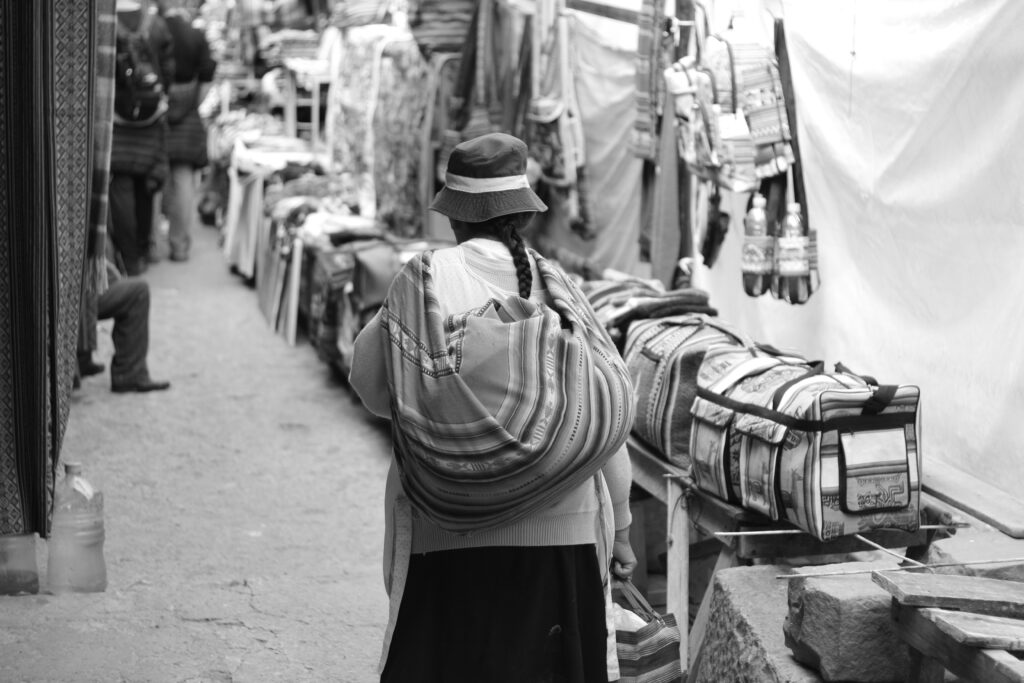
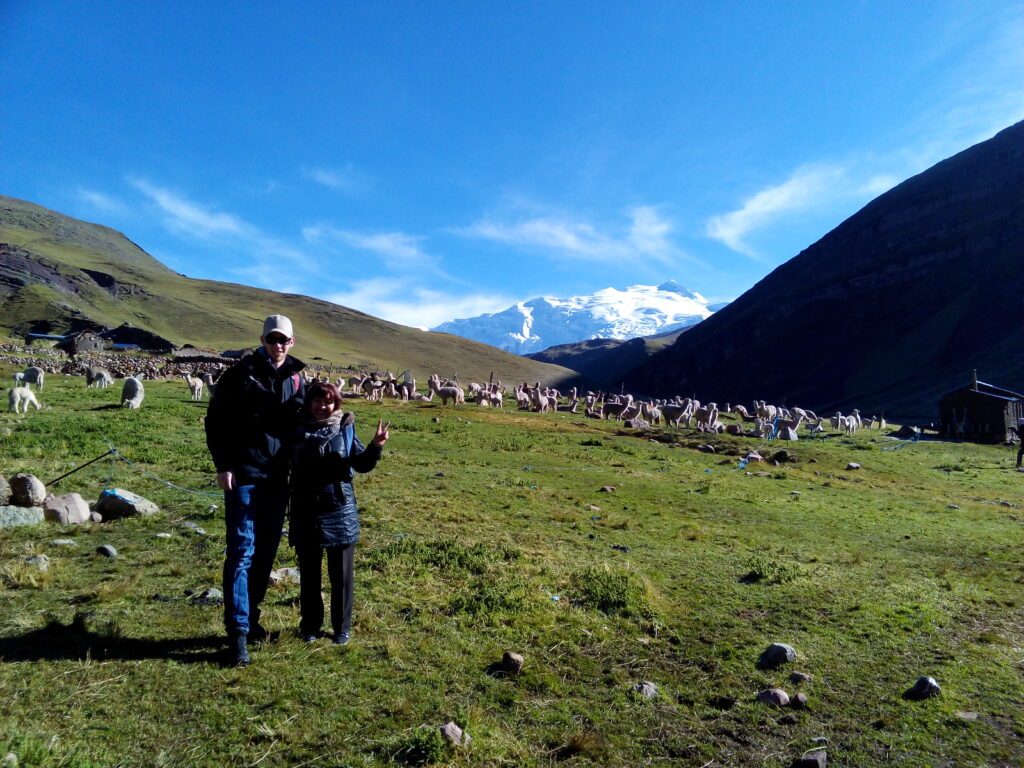
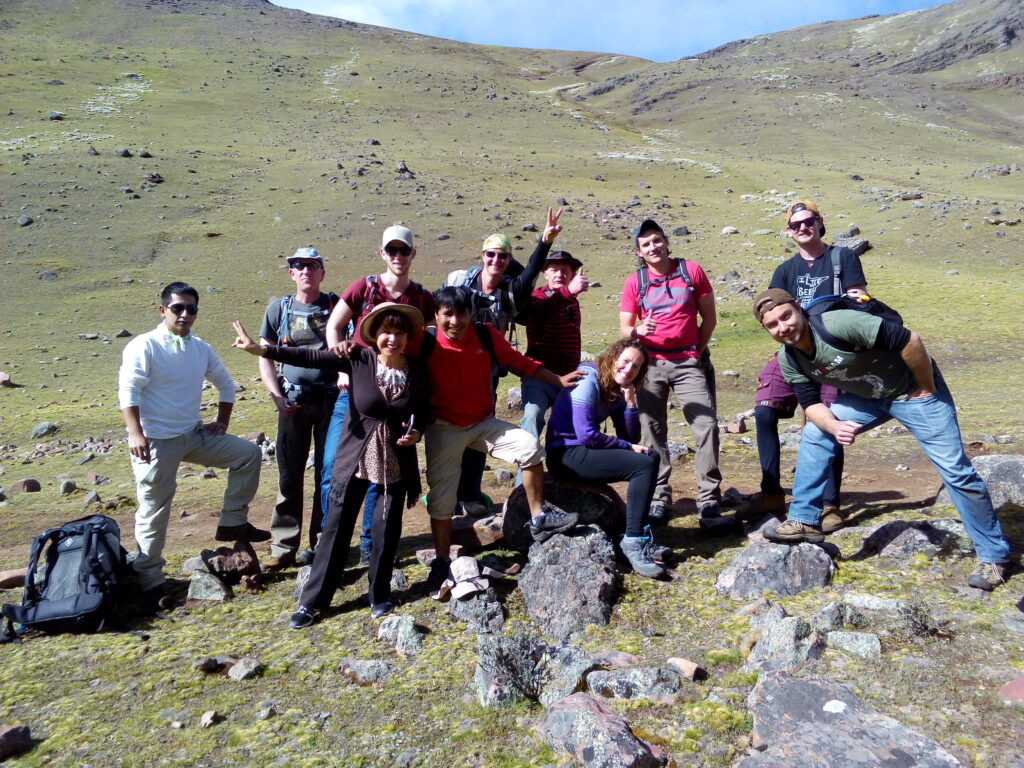
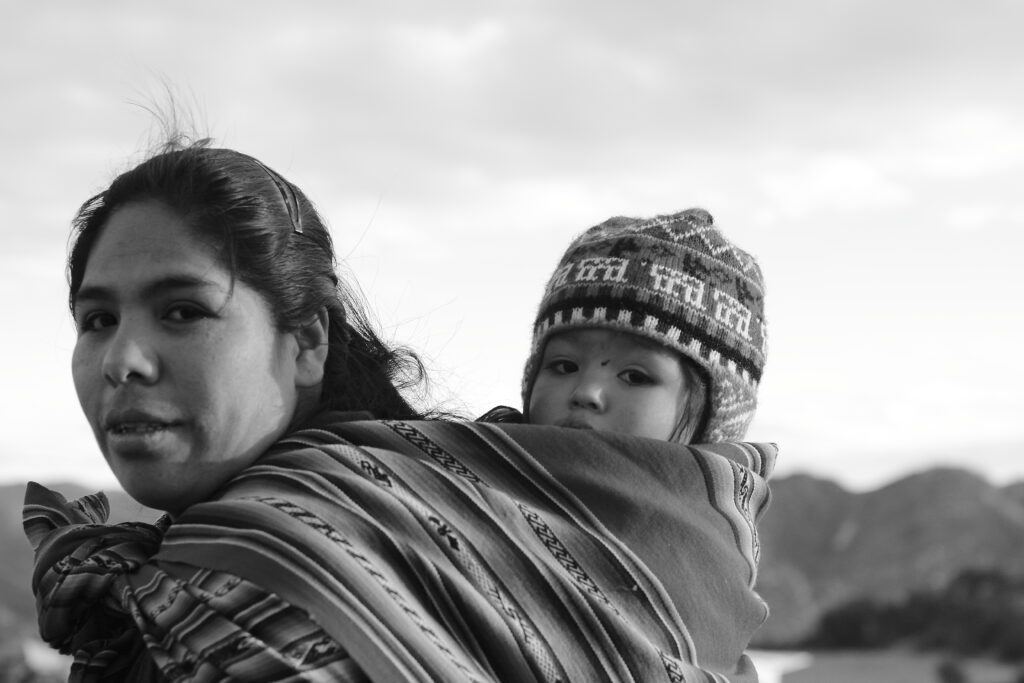
Social unrest and protests
In Peru there is quite a lot of social unrest. Stay on a safe distance when witnessing a strike, protest or a riot. Do not look for sensation. Tourists are normally excluded from the problems and protests are mostly passive. But don´t go and stand in the middle of the protest to take a nice picture, although mostly the protesters would not mind, because attention is exactly what they are looking for.
Protests are completely normal in Peru. The justice system does not work that well in Peru, so people need to protest to get some attention for their case. Almost all protest are peaceful. But you will not be the first one to get hit by a stone flying around or getting some tear gas.
Roadblocks form a traditional element in demonstrations and can continue for days. This can make a real mess of your travel plans. We strongly advice you: do not try to get through the blockades by for example taking a taxi that is ready to take the risk. Nothing is more important than your safety. Respect the protests and nothing will happen to you. And if you are stuck somewhere for a day, try to make the best of it.
Safety in Lima

You will probably arrive at Lima airport first. Many international flights arrive in Lima in the evening. A flight to Cusco is therefore often no longer possible, because there are no flights to Cusco late at night. In many cases you will therefore spend the night in Lima.
Take a taxi from one of the official companies of the airport itself. Under no circumstances take one of the often illegal (cheap) taxis waiting outside the airport. Lima is a very large city (more than 10 million inhabitants). There are areas that are safe and areas of Lima that are best avoided.
The better hotels and hostals in Lima arrange pick-ups from the airport. This is often cheaper than arranging your own taxi. If you have any doubts about where to stay, don’t hesitate to ask!
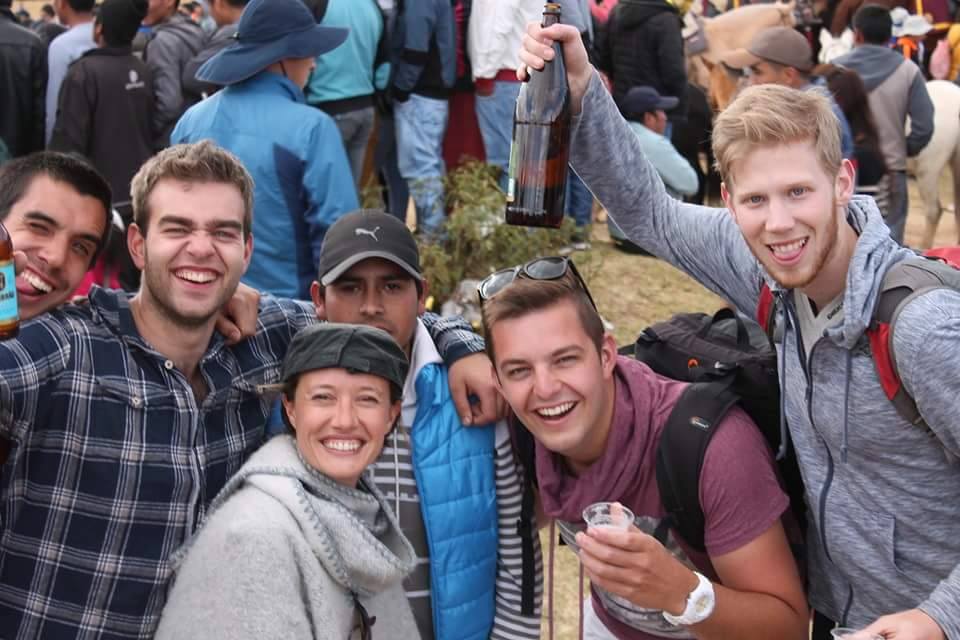
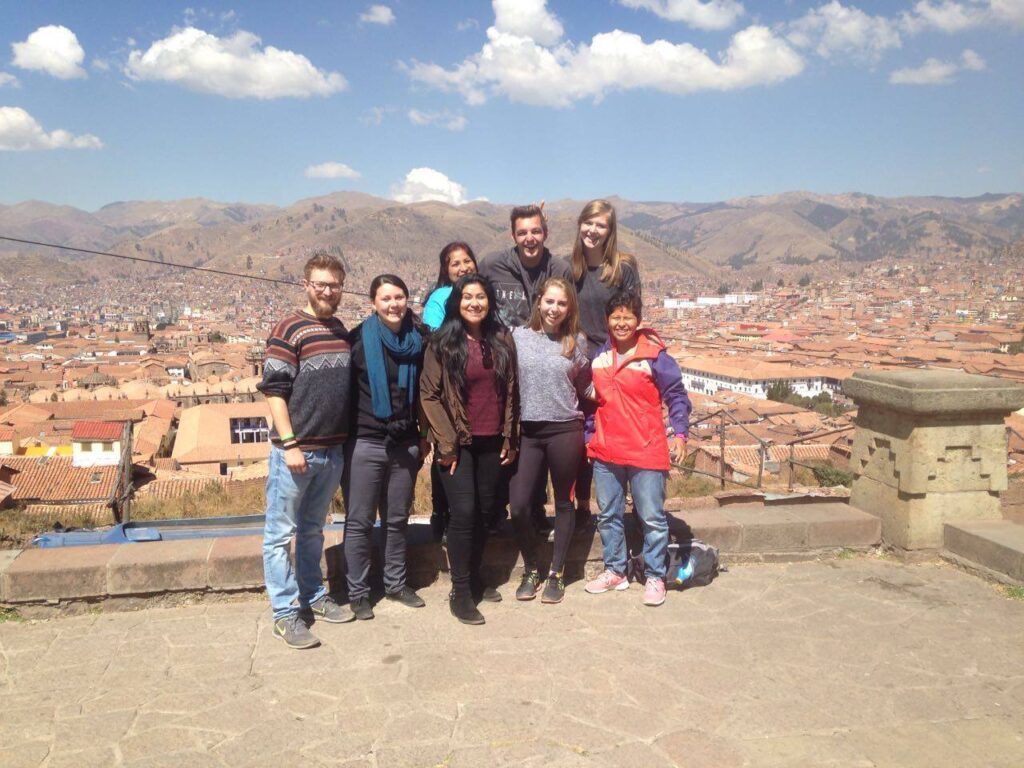

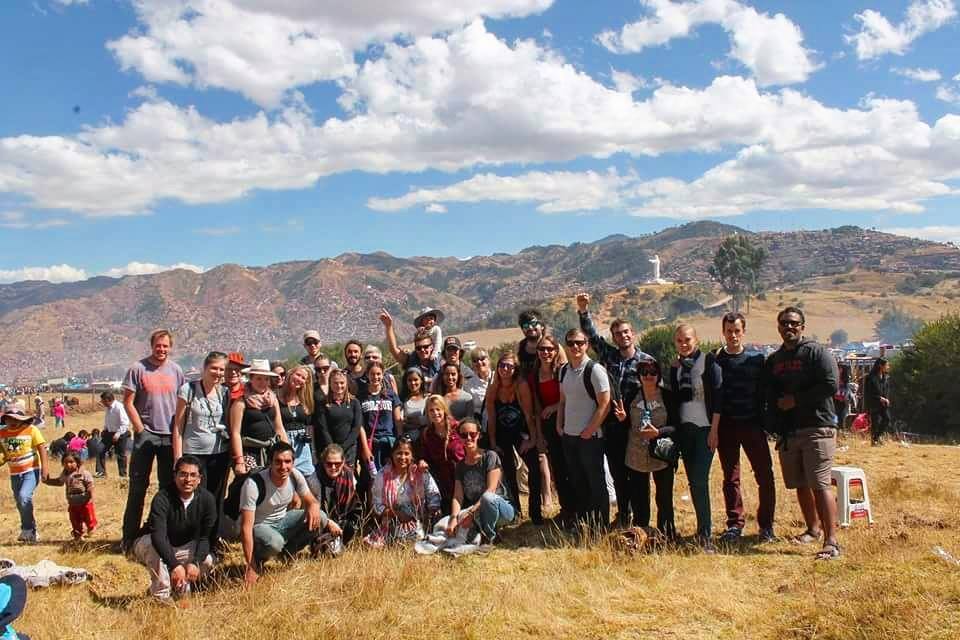
Health issues in Peru
The key to staying healthy on a journey is the combination of a good preparation, common sense and a bit of luck.
The preparation
Large parts of Peru consist of rain forest. Here you can get the same diseases as elsewhere in the tropics like malaria, dengue or yellow fever. Moreover, everywhere in Peru you can get sick because of ingestion of contaminated food or water. Therefore it is important to take your precautions already before the start of your journey: inform yourself about the recommended vaccinations, buy malaria pills when necessary and acquire a good travel and health insurance.
Vaccinations
Yellow Fever
A yellow fever vaccine is strongly advised to anyone who visits the Peruvian jungle. This life threatening disease (about 40% of the people who get yellow fever die) is transmitted by mosquitoes. Symptoms are high fever, possible jaundice and hemorrhage. In Peru proof of vaccination is required from all travelers arriving from an area where yellow fever is endemic.
Hepatitis A and B
After travelers’ diarrhea, hepatitis A is the most common travel-related infection. You can get it by ingestion of contaminated food, ice or water, but also by direct contact with infected persons. Like hepatitis B, it occurs all over the world, but it is more common in developing countries. Both are viral liver infections. You can get Hepatitis B by sexual contact or by exposure to infected blood.
Typhoid Fever
Typhoid fever is an infection in the bowels. You can get it by ingestion of contaminated food or water. Symptoms are fever, stomach-, head- and muscle aches, dizziness, and sometimes diarrhea but also constipation.
Tetanus
A potential fatal disease caused by a bacterium that is common in street-refuse. Tetanus is also transmitted through an animal bite. It is difficult to treat, but it is preventable by immunization.
Rabies
An almost always fatal viral infection, transmitted by bites (in rare occasions scratches or licks) of infected animals. You can get a series of three vaccinations. Normally it is only recommended if you travel for a long period. And if you are going to work with animals or if you travel to a remote area without access to appropriate medical care. During the incubation period you can still be treated: find medical help immediately when bitten or scratched!
Other diseases
Malaria
In Peru malaria occurs. Malaria pills are recommended when travelling to Peru, except Lima and surroundings, the southern coastal region, and the highlands (where it is at night to cold for mosquitoes). So for places as Huaraz, Arequipa, Lake Titicaca, Cusco and Machu Picchu malaria pills are not needed. Ask your doctor for more advice.
Dengue
Dengue is another disease that is transmitted by mosquitoes. Unfortunately there is no vaccine. Normally people get sick for 6 or 7 days with sudden fevers, headaches, dizziness, nausea and vomiting, muscle and joint pains. As for other diseases that are transmitted by mosquitoes it is important to protect yourself: wear body-covering clothes and use insect repellent (with DEET) for the unprotected skin.
Travelers’ diarrhea
Most travelers will get some diarrhea by taking contaminated food or water. Most important risk by diarrhea is dehydration. Use the glucose-salt preparation ORS (oral re-hydration salts). You can also drink Gatorade or other re-hydrating drinks. We recommend you to seek medical attention if you have diarrhea for more than 3 days. If you have to go more than 5 times a day to the bathroom for a longer period. If you have fever, cold shakes or body aches, or if there is blood in your defecation.
Cholera
As travelers’ diarrhea, cholera is caused by taking contaminated food or water. There is a vaccine, but in most countries (like the USA) it is no longer available due to inefficiency and side effects. Cholera can lead to watery diarrhea, sometimes to an extent that it causes live-threatening dehydration. Drink a lot of ORS and search medical attention! See also frequently asked questions, food.
Write us a message if you have any doubts about safety in Peru or health issues. We are happy to help you!
